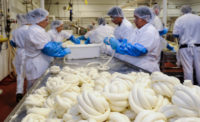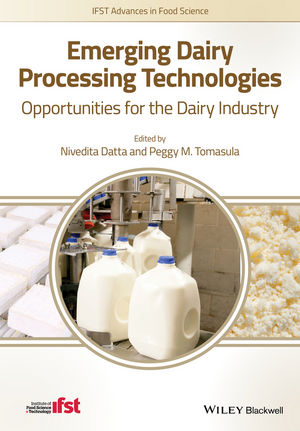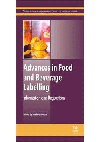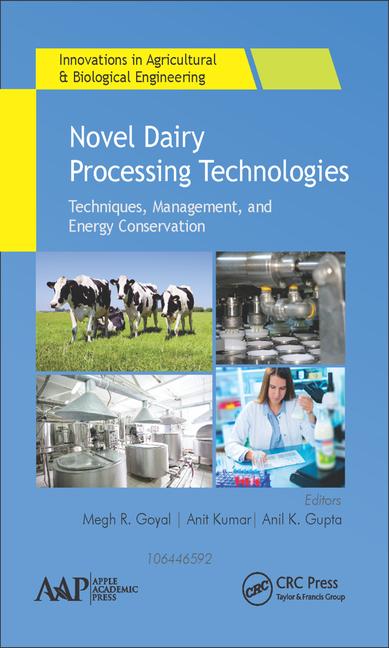Production and consumption of Hispanic cheeses have grown significantly in the United States. In 2019, the United States manufactured about 333 million pounds of Hispanic cheeses versus only 206 million pounds in 2009. Between 2009 and 2019, U.S. per-capita consumption of Hispanic cheeses nearly doubled.
The past year appears to have been one of ups and downs for Hispanic cheeses. In 2020, it’s estimated that Hispanic cheese volume in foodservice totaled about 96 million pounds; this would be an 11% decrease from 2018. The good news is that during the past year, Hispanic cheeses appear to have done better in the retail market than many other cheese types.
In the early months of the pandemic, the more common cheeses such as mozzarella, Parmesan and Mexican blends performed particularly well, while specialty varieties had more modest growth. However, as the year wore on, specialty cheese sales — including sales of Hispanic cheeses — picked up as consumers sought greater variety in their at-home dining routines.
The term “Hispanic cheeses” is actually a bit of a misnomer. These cheese styles originate from Latin America, not Spain, and are rarely related to Spanish cheeses. Given the expansive geographic origin of Hispanic or Latin American cheeses, there is a wide variety of cheeses in this category.
Varieties of Hispanic cheeses
Typically, Hispanic or Latin American cheeses are divided into melting and non-melting cheeses. The non-melting cheeses are the fresh cheeses such as queso fresco, queso blanco, queso panela and queso ranchero. The melting cheeses includes varieties such as queso quesadilla, queso Chihuahua, queso Mennonita and queso Oaxaca. This distinction is important because the majority of Hispanic cheeses are used as an ingredient and are not typically eaten as a standalone table cheese.
A third category of Latin American cheeses is hard cheeses such as cotija, queso duro and queso seco. These are ingredient cheeses and are often grated on top of dishes, much like hard Italian cheeses.
There are a couple key challenges facing Hispanic or Latin American cheeses. The fresh types of Latin American cheeses typically have a higher pH and moisture content, which makes them more prone to undesirable microbial growth, including pathogens and spoilage bacteria. Therefore, these cheeses must be produced under very strict sanitary conditions.
Another challenge for many Hispanic cheeses is that they have a shorter shelf life. Historically, these cheeses were consumed relatively quickly after manufacture. This presents issues in the United States, given the country’s cheese distribution system and retailer expectations regarding shelf life of cheeses.
A current research project at the Center for Dairy Research (CDR) is examining manufacturing strategies to extend the shelf life of Oaxaca cheese. Another interesting project at CDR is examining how to develop a custom milk powder that, when rehydrated, could be used to make a panela-style non-melting cheese. This would allow this kind of powder to be made in United States and exported to Latin American countries for recombination where fresh milk may not be readily available.
Overall, Latin American cheese consumption and production in the United States will remain strong as foodservice continues to incorporate more of these cheeses into its dishes. In recent years, fast casual chains such as Chipotle and Qdoba have become popular for their Mexican-style cuisine. Consumers who enjoy Mexican food, as well as the growing Hispanic population, will help to ensure increased demand for these cheeses.










